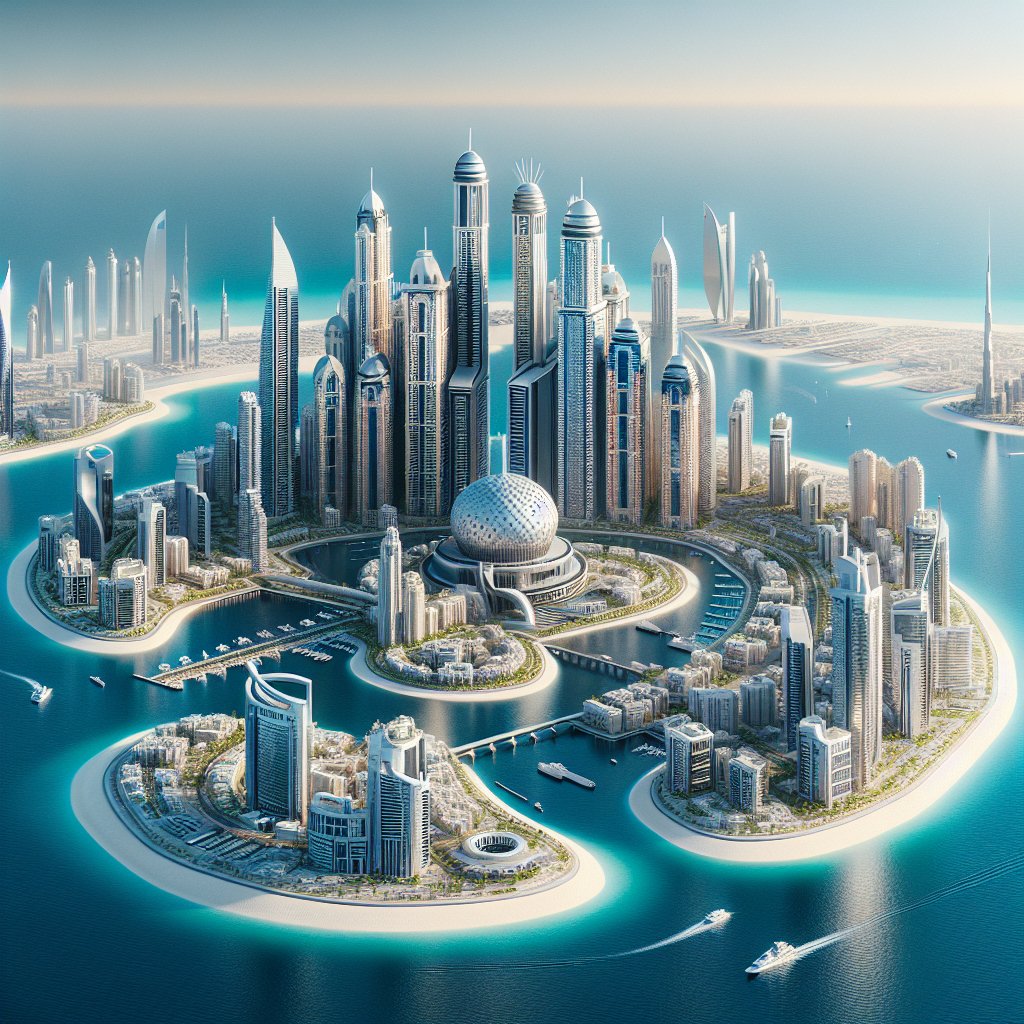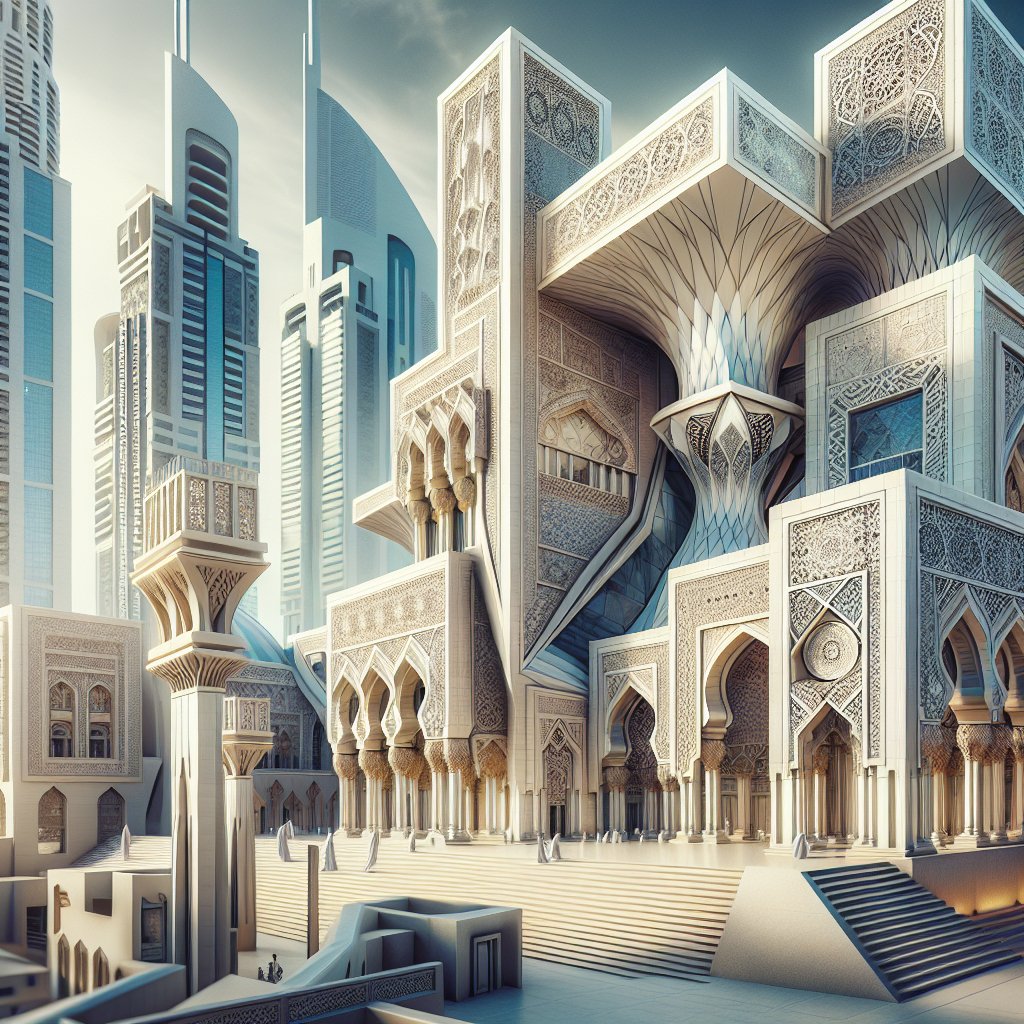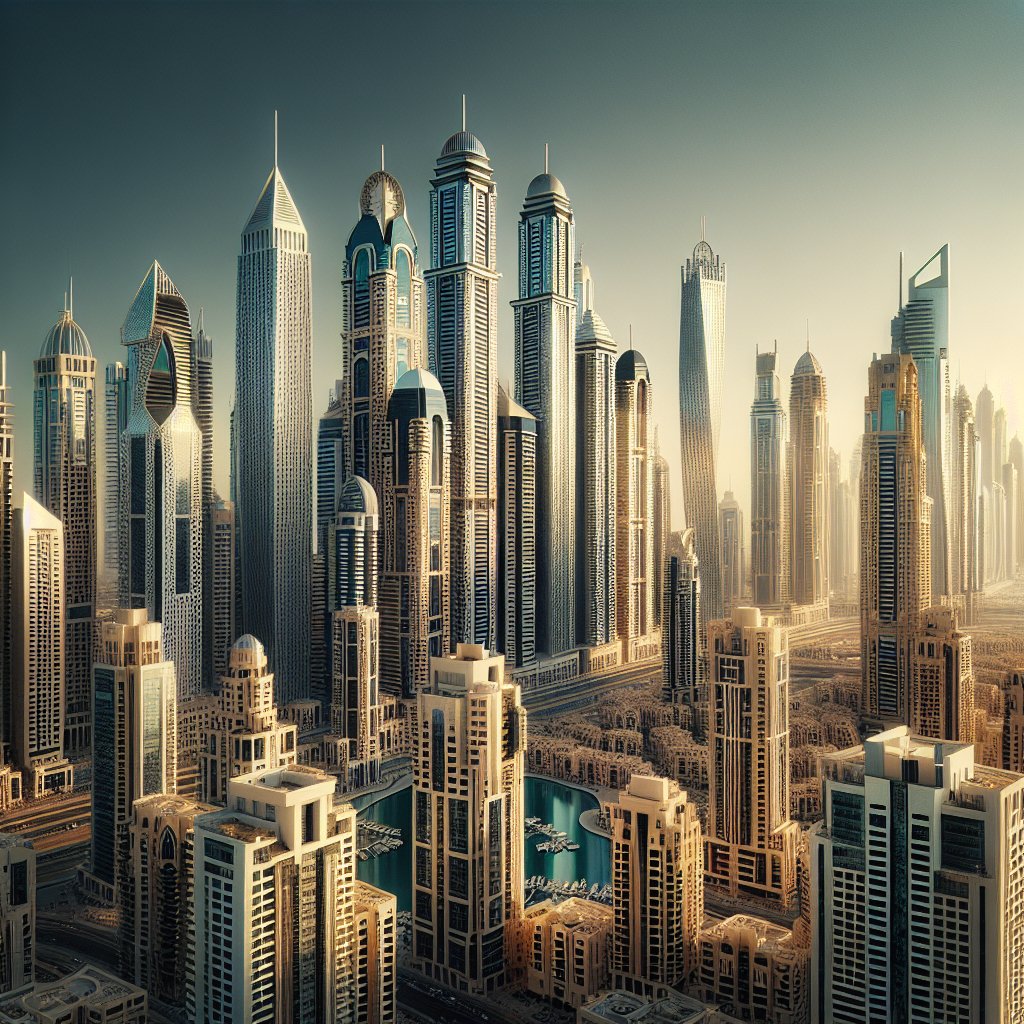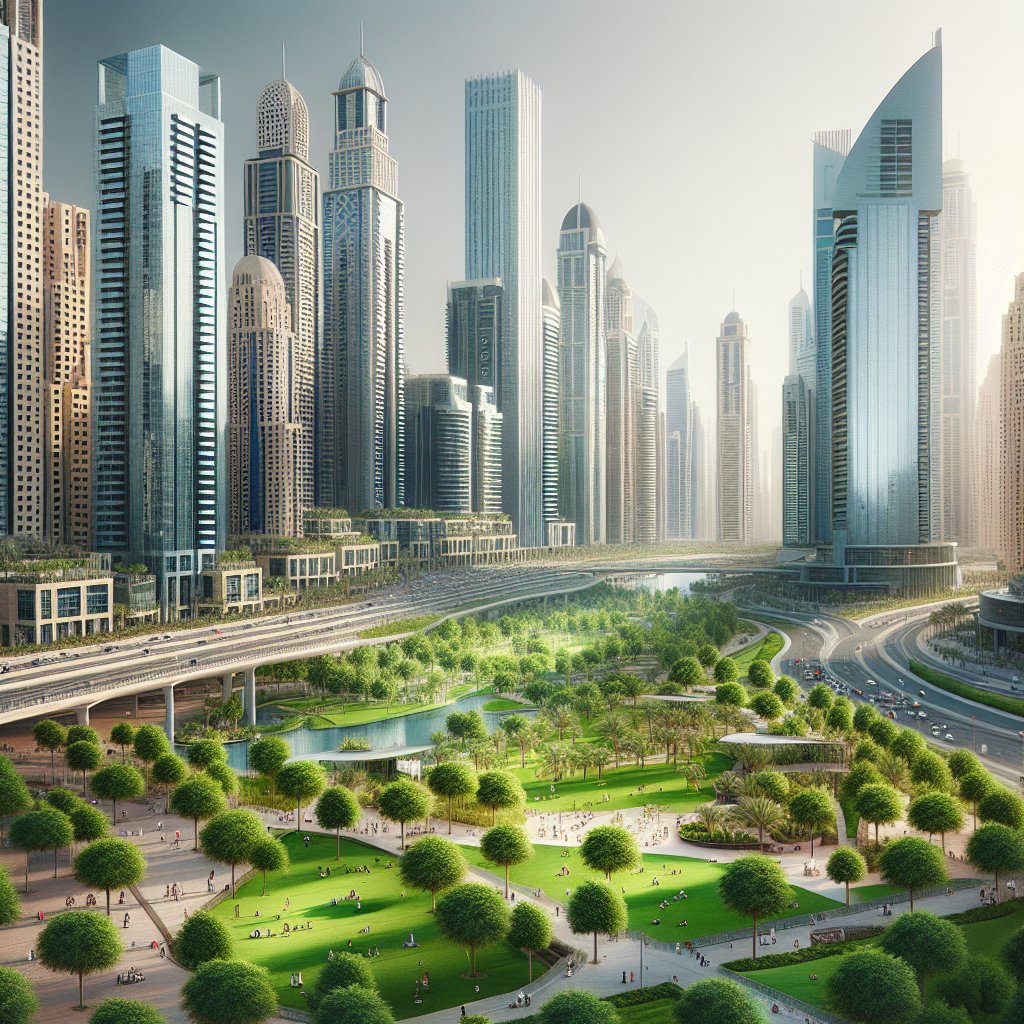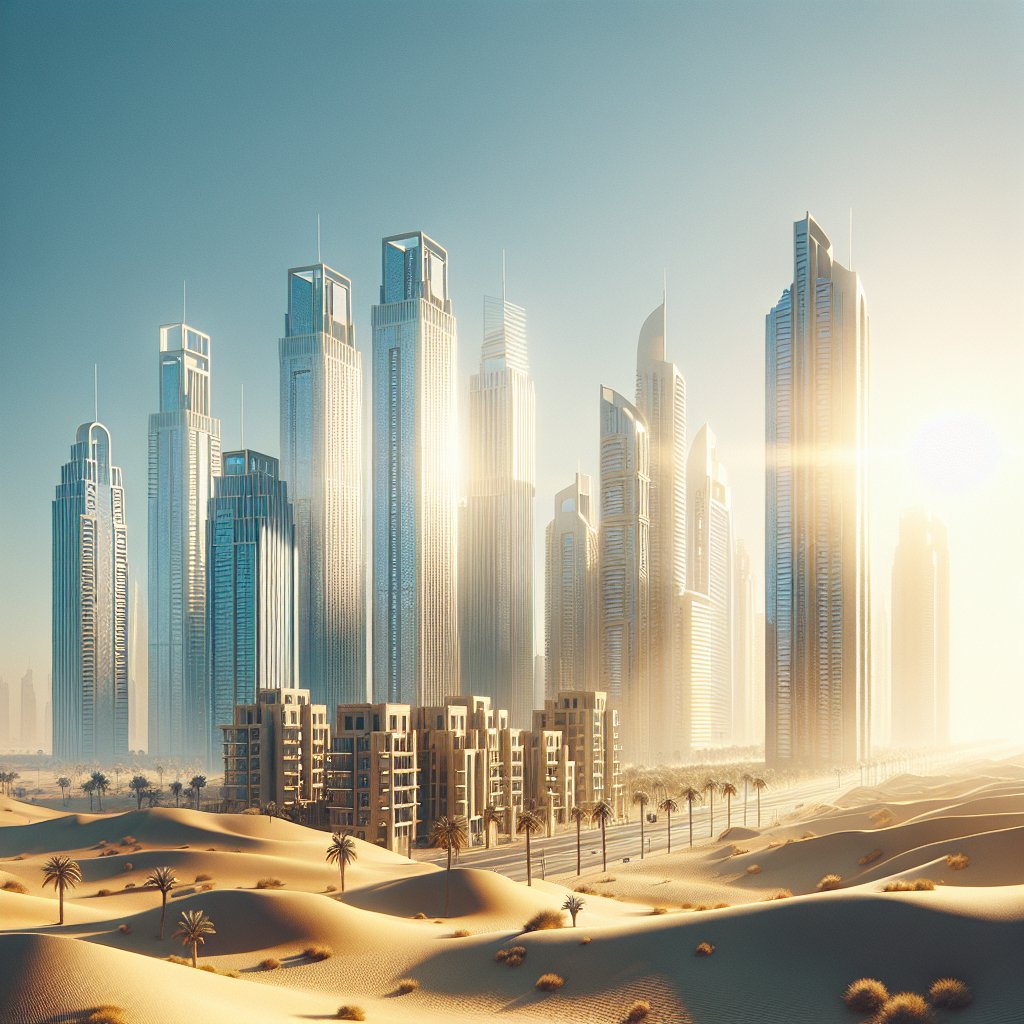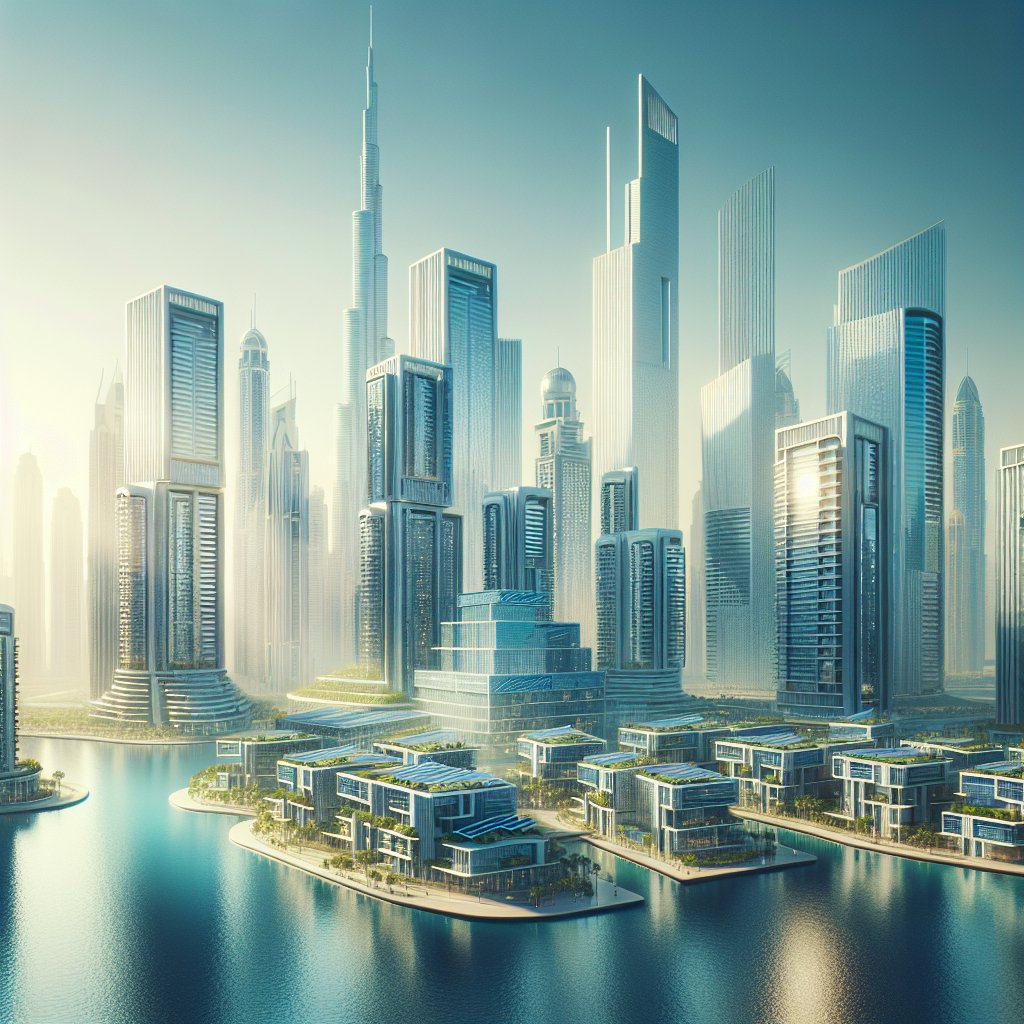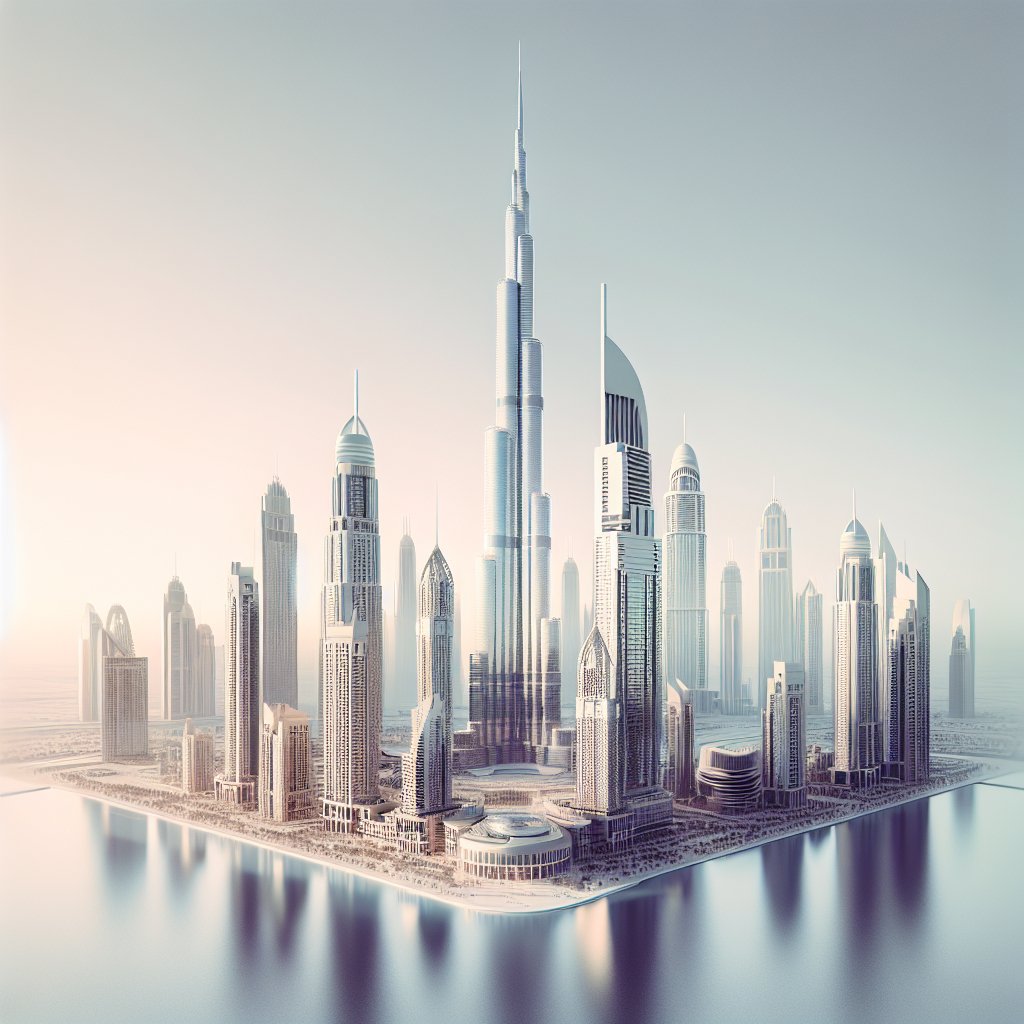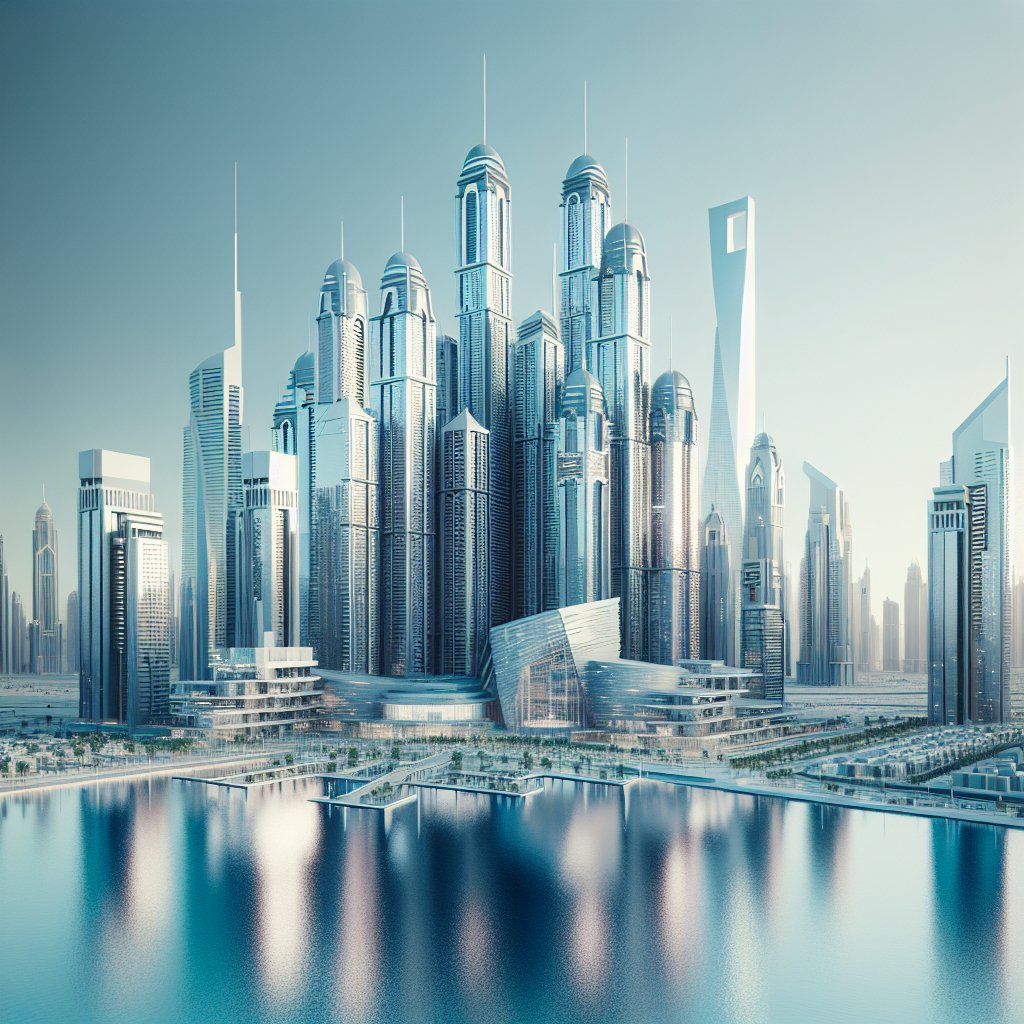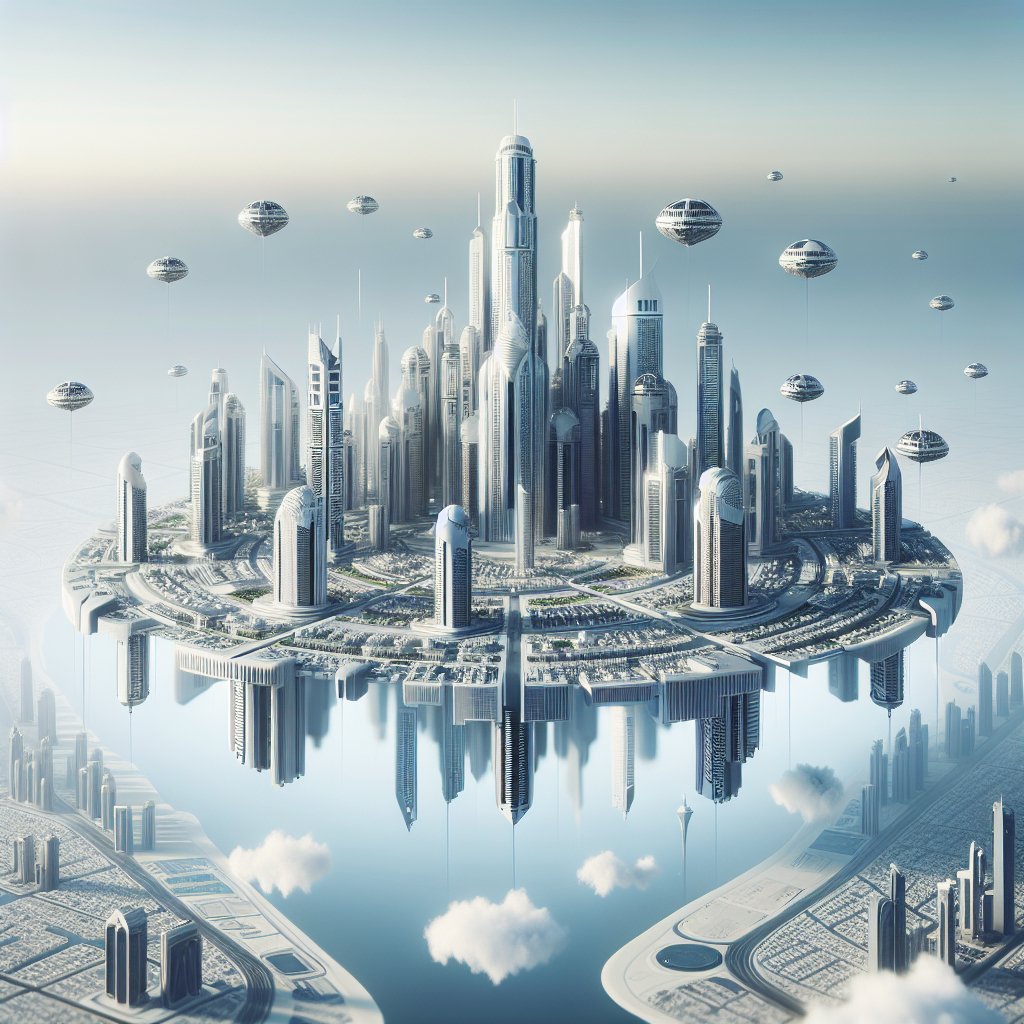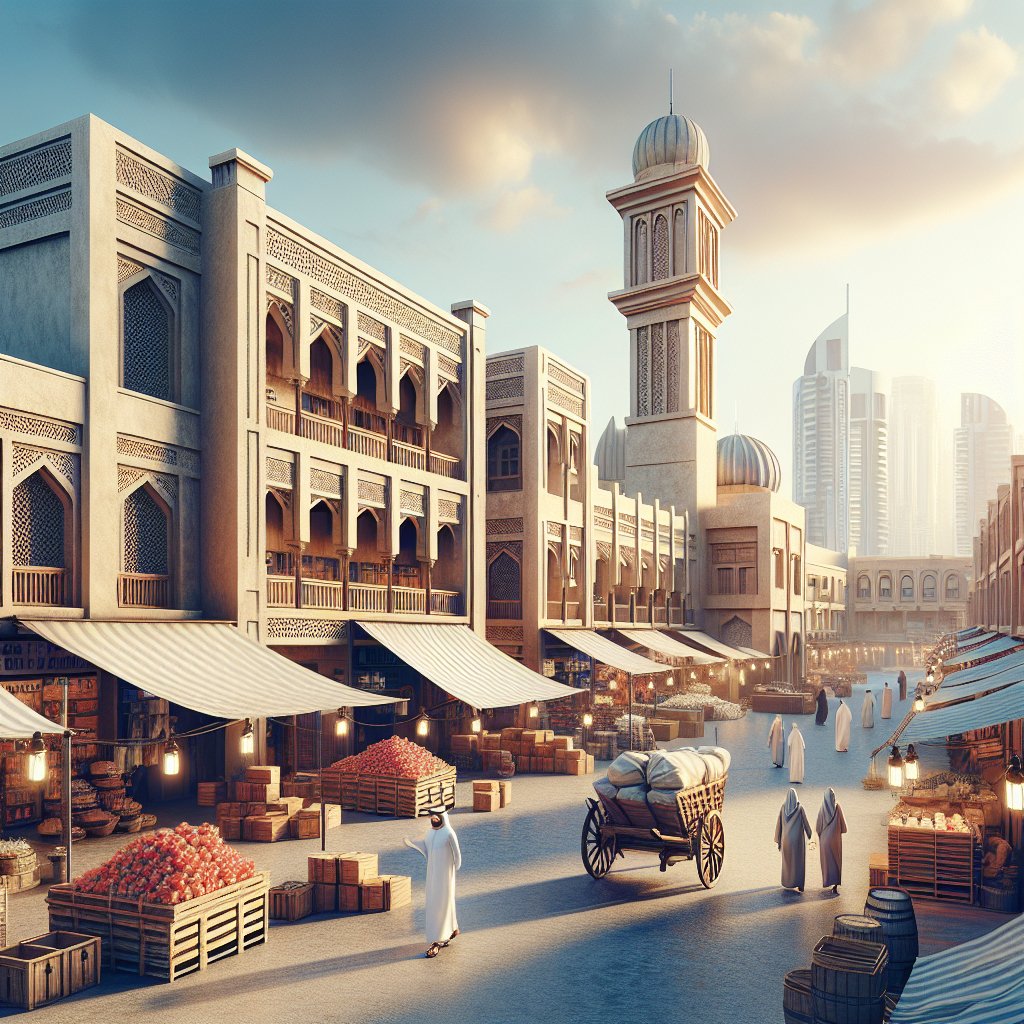Dubai, a city synonymous with luxury and innovation, has become a global hub for real estate development, and artificial islands play a pivotal role in this transformation. These man-made marvels have not only expanded the geographical boundaries of the city but have also redefined its skyline, attracting investors and tourists from around the world.
The Genesis of Artificial Islands in Dubai
The concept of artificial islands in Dubai was born out of necessity and ambition. With limited land available for development, the city’s leaders envisioned a bold plan to create new land by reclaiming it from the sea. This vision was not just about expanding the city’s physical footprint but also about creating iconic landmarks that would capture the world’s imagination.
The first and most famous of these projects is the Palm Jumeirah, a palm tree-shaped island that has become a symbol of Dubai’s opulence and architectural prowess. Launched in 2001, the Palm Jumeirah was a groundbreaking project that set the stage for future developments. It was followed by other ambitious projects like the World Islands, an archipelago of small islands designed to resemble a map of the world, and the Palm Jebel Ali, which is still under development.
These projects were not without challenges. The construction of artificial islands requires advanced engineering techniques and significant financial investment. The process involves dredging sand from the seabed and using it to create new land, a method that must be carefully managed to minimize environmental impact. Despite these challenges, Dubai has successfully created some of the most iconic artificial islands in the world.
Impact on Dubai’s Real Estate Market
The creation of artificial islands has had a profound impact on Dubai’s real estate market. These islands have added valuable waterfront properties to the city’s portfolio, attracting high-net-worth individuals and investors seeking exclusive residences and commercial spaces. The unique location and design of these properties offer unparalleled views and amenities, making them highly desirable.
One of the key factors driving the demand for properties on artificial islands is their exclusivity. The limited availability of land on these islands creates a sense of scarcity, which in turn drives up property values. This has made them a lucrative investment opportunity for both local and international buyers. Additionally, the islands are home to some of the world’s most luxurious hotels and resorts, further enhancing their appeal.
The development of artificial islands has also contributed to the diversification of Dubai’s economy. By attracting tourists and investors, these projects have boosted the city’s hospitality and retail sectors. The islands have become major tourist attractions, drawing visitors from around the globe who are eager to experience the luxury and innovation that Dubai has to offer.
Environmental and Social Considerations
While the artificial islands have brought economic benefits to Dubai, they have also raised environmental and social concerns. The construction and maintenance of these islands can have significant ecological impacts, including changes to marine habitats and coastal erosion. Dubai has taken steps to address these issues by implementing sustainable practices and investing in environmental conservation efforts.
Socially, the development of artificial islands has transformed the city’s landscape and lifestyle. The influx of wealth and tourism has led to increased demand for services and infrastructure, prompting further urban development. This rapid growth has created both opportunities and challenges for the city’s residents, as they navigate the changes brought about by these ambitious projects.
The Future of Artificial Islands in Dubai
As Dubai continues to grow and evolve, the role of artificial islands in its real estate market is likely to expand. Future projects may focus on sustainability and innovation, incorporating green technologies and smart city concepts. The city’s leaders are committed to maintaining Dubai’s status as a global leader in real estate development, and artificial islands will undoubtedly play a key role in achieving this vision.
In conclusion, artificial islands have been instrumental in Dubai’s real estate boom, providing new opportunities for growth and development. While they present challenges, their impact on the city’s economy and global reputation is undeniable. As Dubai looks to the future, these man-made wonders will continue to shape its landscape and drive its success on the world stage.
